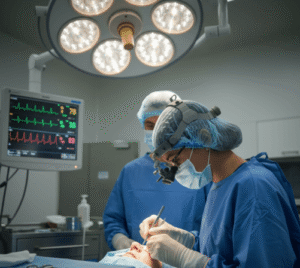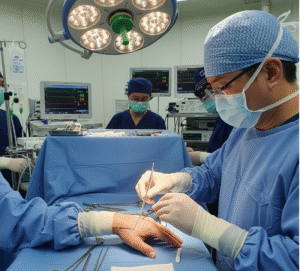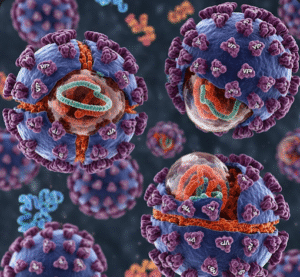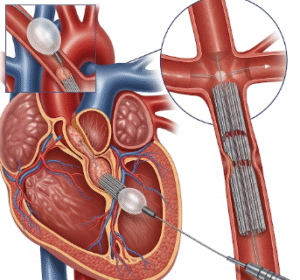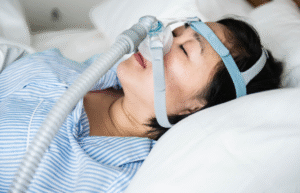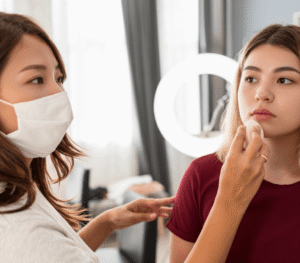What It Is
Capsulotomy is a surgical procedure performed to treat capsular contracture, a complication where scar tissue around a breast implant becomes abnormally thick and tight, causing hardness, discomfort, or visible distortion.
Unlike a capsulectomy (which removes the entire capsule), a capsulotomy involves making controlled incisions or scoring the capsule to release tension, soften the breast, and restore a natural look and feel. In Korea, surgeons often combine capsulotomy with implant exchange, pocket revision, or fat grafting to achieve stable, natural results.
Why It’s Done
Patients undergo capsulotomy because:
- They have mild to moderate capsular contracture that causes breast firmness or discomfort.
- They want to improve the appearance and softness of their implants.
- They are not ready for more extensive surgery like total capsulectomy.
- Their implant is intact, but the capsule has become too tight.
Good candidates include:
- Patients with Baker grade II–III capsular contracture.
- Individuals in good health with stable implants.
- Those seeking a less invasive option than full capsule removal.
Alternatives
- Capsulectomy: Full removal of the capsule, recommended in severe cases.
- Explantation: Implant removal without replacement, for patients who no longer want implants.
- Massage, medication, or ultrasound therapy: Sometimes used for very mild contracture but often with limited success.
Preparation
Before capsulotomy in Korea, patients will:
- Have breast imaging (ultrasound or MRI) to check implant and capsule condition.
- Discuss whether to keep or replace implants during surgery.
- Stop smoking and alcohol 2–4 weeks prior to the procedure.
- Avoid blood-thinning medications and supplements.
- Plan for recovery and follow-up visits.
How It’s Done
- Anesthesia: General anesthesia or sedation with local anesthesia is used.
- Incision: Often through existing scars (inframammary fold, periareolar, or axillary).
- Capsule release: The surgeon makes incisions or scores the capsule to release tightness.
- Implant adjustment: The implant may be repositioned or exchanged if needed.
- Closure: Sutures and dressings are applied.
- Duration: 1–2 hours, usually outpatient.
Recovery
- First week: Mild swelling, bruising, and discomfort are common.
- Return to activities: Most patients resume light duties in 3–5 days; strenuous activity is avoided for 3–4 weeks.
- Final results: Breasts feel softer and more natural within weeks, with continued improvement over 2–3 months.
Possible Complications
- Recurrence of capsular contracture.
- Asymmetry or uneven breast contour.
- Infection or delayed wound healing.
- Implant rupture (rare during capsule incision).
- Visible scarring, though minimized with Korean surgical techniques.
Treatment Options in Korea
Diagnosis
Korean surgeons use ultrasound, MRI, and 3D imaging to assess capsule thickness, implant condition, and surgical planning.
Medical Treatments
- Anti-inflammatory medications, massage, or ultrasound therapy for very mild contracture (limited effect).
Surgical or Advanced Therapies
- Closed or open capsulotomy depending on severity and implant type.
- Capsulotomy with implant exchange for long-lasting results.
- Capsulotomy with pocket revision to stabilize implant position.
- Combination with fat grafting for improved softness and aesthetics.
Rehabilitation and Support
- Scar management with silicone gels or fractional laser if needed.
- Regular follow-up imaging to monitor capsule condition.
- Support bras and lifestyle guidance to reduce recurrence risk.
- International patients benefit from Korea’s revision breast surgery expertise, advanced imaging tools, and personalized aftercare services.


